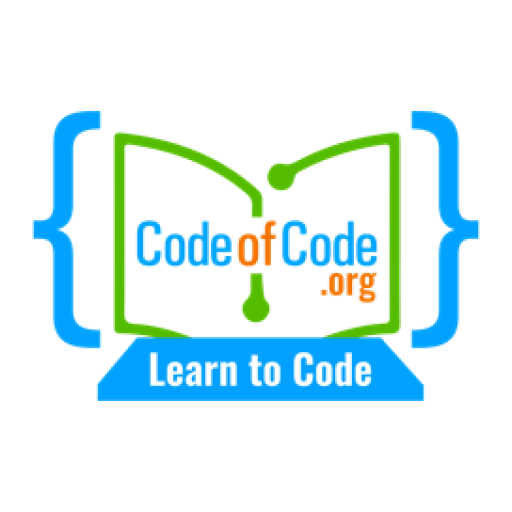One of the key aspects of modern web design is creating responsive layouts that adapt to the size and orientation of the user’s device. Media queries are a powerful tool that allow you to apply different styles based on the dimensions of the viewport.
What are Media Queries?
Media queries are a CSS feature that allows you to apply styles based on the characteristics of the user’s device. You can use media queries to specify different styles for different viewport sizes, resolutions, orientations, and more.
Here’s an example of how you might use a media query to apply different styles for small and large screens:
@media (max-width: 600px) {
/* styles for small screens */
}
@media (min-width: 601px) {
/* styles for large screens */
}
This media query specifies that the styles within the first block should be applied to screens with a maximum width of 600px, while the styles within the second block should be applied to screens with a minimum width of 601px.
Best Practices for Using Media Queries
Here are a few best practices to keep in mind when using media queries in your web design:
- Use clear and descriptive names: Use clear and descriptive names for your media queries to make your code easier to understand.
- Use appropriate values: Use appropriate values for your media queries to ensure that your styles are applied correctly.
- Test your layouts in different devices: Make sure to test your layouts in different devices to ensure that they display correctly.
Examples of Using Media Queries
Here are a few examples of how you might use media queries in your web design:
- Apply different styles for portrait and landscape orientations:
@media (orientation: portrait) {
/* styles for portrait orientation */
}
@media (orientation: landscape) {
/* styles for landscape orientation */
}- Apply different styles for devices with a touchscreen:
@media (pointer: coarse) {
/* styles for devices with a touchscreen */
}
@media (pointer: fine) {
/* styles for devices without a touchscreen */
}
Conclusion
Media queries are an essential tool for creating responsive layouts that adapt to the size and orientation of the user’s device. By understanding how they work and using them appropriately, you can create flexible and user-friendly designs that look great on any device. Just be sure to use clear and descriptive names, appropriate values, and test your layouts in different devices to keep your code clean and maintainable.
Exercises
To review these concepts, we will go through a series of exercises designed to test your understanding and apply what you have learned.
Write a media query that applies different styles for devices with a minimum width of 400px and a maximum width of 800px.
@media (min-width: 400px) and (max-width: 800px) {
/* styles for devices with a width between 400px and 800px */
}
Explain the difference between the “min-width” and “max-width” media queries.
The “min-width” media query specifies that the styles should be applied to devices with a minimum width of the specified value, while the “max-width” media query specifies that the styles should be applied to devices with a maximum width of the specified value.
Create a media query that applies different styles for devices with a high pixel density.
@media (min-resolution: 300dpi) {
/* styles for devices with a high pixel density */
}
Write a media query that applies different styles for devices in portrait orientation.
@media (orientation: portrait) {
/* styles for devices in portrait orientation */
}
Explain the difference between the “orientation” and “pointer” media queries.
The “orientation” media query specifies that the styles should be applied to devices in the specified orientation (portrait or landscape), while the “pointer” media query specifies that the styles should be applied to devices with the specified type of pointer (coarse or fine). Coarse pointers are typically found on devices with a touchscreen, while fine pointers are typically found on devices without a touchscreen.

